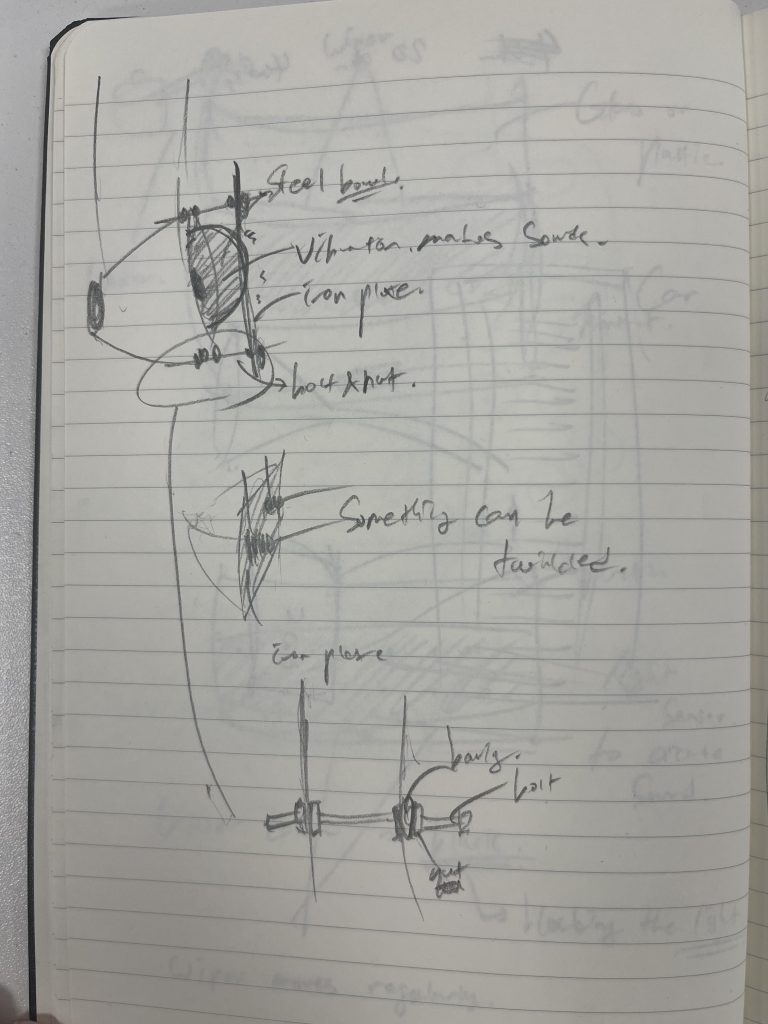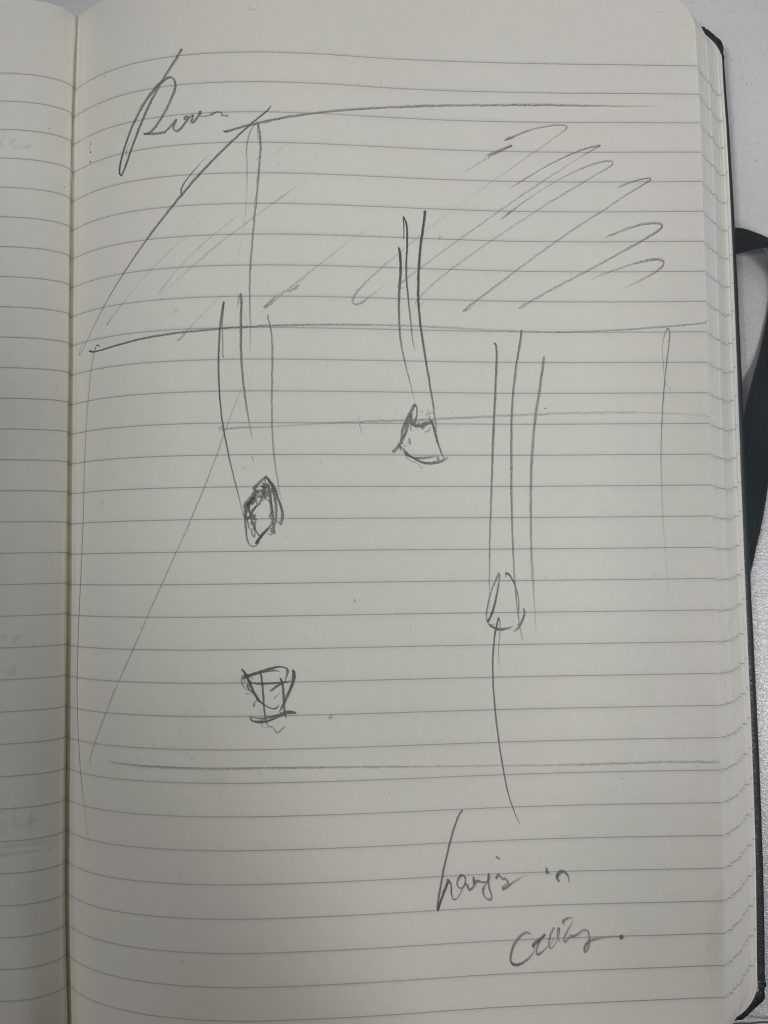I have been working on attaching a mallet to a speaker cone with the goal of having it strike a metal such as a steel plate. To do this, I thought I would need a proper speaker with enough movable plate and enough power to control it. However, I couldn’t get the speakers within my budget, and the small speakers I bought for the experiment didn’t produce enough movement. I also contacted Jaeho Chang of Tacit Group, who created ‘61/6’ with a similar mechanism, and was told that the constant overcurrent to the speaker could burn the coil of the speaker, which could be a safety issue. To solve this problem, he told me that he had done a lot of testing and found the right speaker driver, audio amplifier, and the right voltage and current, but that he would need a lot of budget and time. In response, I decided to change my plan.
Firstly, I am going to glue an iron plate of the right size to the speaker driver, and glued an iron ball or iron source pan between them, so that the vibrations from the speaker would be transmitted to the object in the middle. The vibrations would be transmitted to the object in the middle, which would then hit the steel plate and produce sound.


In the next week, I will cut the steel plates so that they are the right size for the speakers, and I will use bolts and nuts to secure them to the speakers while leaving some space between them. I will then test the sound by putting different objects between them and decide which objects to use, how many to use, and how many speakers to use. After that, I’ll have to think about how I want to modulate the frequencies coming out of the speakers and what sequences I want to have, and then I’ll have to come up with a repertoire.
The submission method will be a video, and the sound for this will be an ambisonic microphone, but there is a problem that it is not compatible with video, so I will have to think about whether to remove the audio file separately.